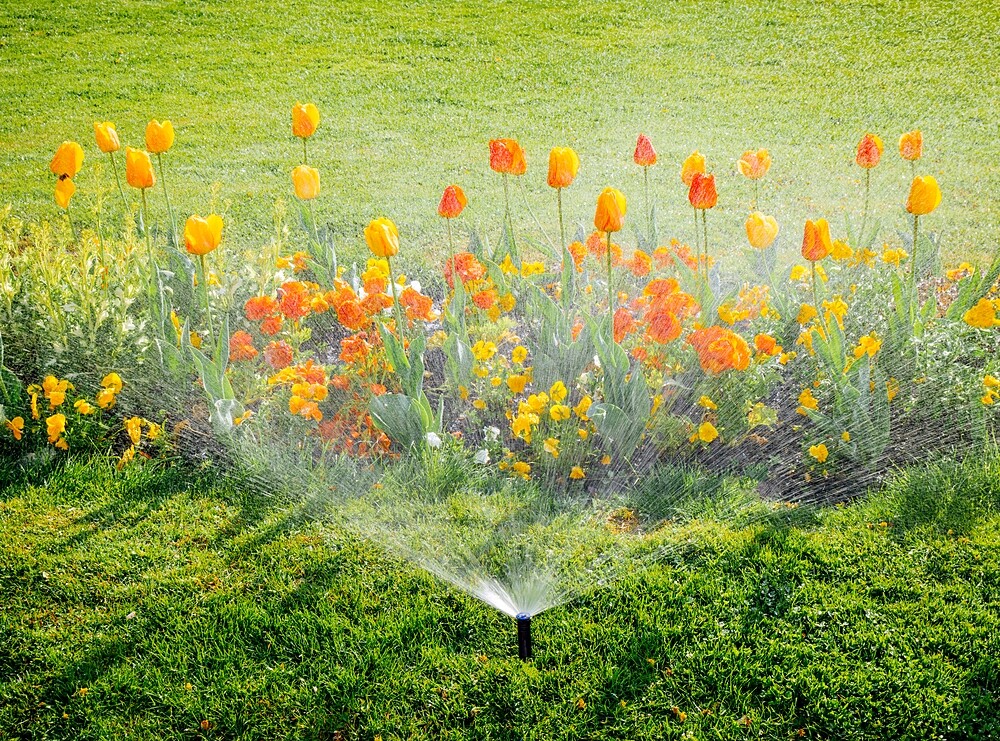From herbs to salads to superfoods – there are many plants that we can grow comfortably in our home. You can find out here what exactly an “indoor garden” is and what the trend “Smart Indoor Gardening” is all about!
Indoor garden: What is that?
Those who love gardening would like to pursue this hobby all year round if possible. And this is actually no problem, because even when the gardening season is over, you can still grow herbs, vegetables and salad in the house. “Indoor Garden” simply means that there is a garden inside the house or apartment. This can take the form of, for example:
- Plant ladders
- Table bed
- Plant boxes on the window sill
- Plant traffic lights
- Pots
- Plant shelves
The Indoor Garden has many advantages:
- You know where your ingredients come from
- The plants are not sprayed and therefore in organic quality
- Herbs, salad & Co. make your home greener and more beautiful
- You always have fresh ingredients at hand
- Gardening is fun and relaxing
- You can decide for yourself whether you grow your plants in soil or as hydroponics. In hydroponics, the plant roots in a container filled with water
But also here there are some disadvantages that one has to consider before buying an indoor garden:
- Growing seeds and repotting does not happen by itself: an indoor garden means at least occasional effort and care.
- Plants have to be taken care of: Regular watering is mandatory!
Smart indoor garden: Gardening happiness without effort?
Recently, a trend that promises more yield and less effort has been gaining ground: the whole thing is called Smart Indoor Gardening. It describes the breeding of plants in plant breeding models that use additional technologies. The aim is to create optimal growth conditions, for example by regulating the amount of light. A Smart Garden also reminds the ambitious gardener when water and nutrients need to be replenished. It is therefore a “smart” automatic system that is designed to simplify gardening.
The following technologies can be used in a Smart Indoor Garden:
- LED lighting technology
- Timer for the light
- Irrigation system
- Reporting systems for nutrient and water shortage
A Smart Garden system should therefore score points with the following advantages:
- The plants get enough light, regardless of their location and the season
- Harvesting is possible all year round: a constant supply of fresh herbs, vegetables etc. should therefore be guaranteed
- Plant cultivation indoors possible – also without balcony or garden
- Some systems are equipped with a holiday mode, which supplies the plant with water and light sparingly even during a holiday
- Well-equipped Smart Gardens use sensors to detect which growth phase the plant is currently in
- Some Smart Garden systems have an accompanying app that provides information about the growth phase and appropriate care
But there are also disadvantages to be noted here:
- Power consumption
- In some cases, seed capsules corresponding to the respective system must be purchased
- Acquisition fees
So anyone who loves technical sophistication can find a new approach to gardening with the Smart Garden. If, on the other hand, a little soil under your fingernails doesn’t bother you, you can be sure that a normal Indoor Garden will produce a good yield – provided that you allow your plants water from time to time!

